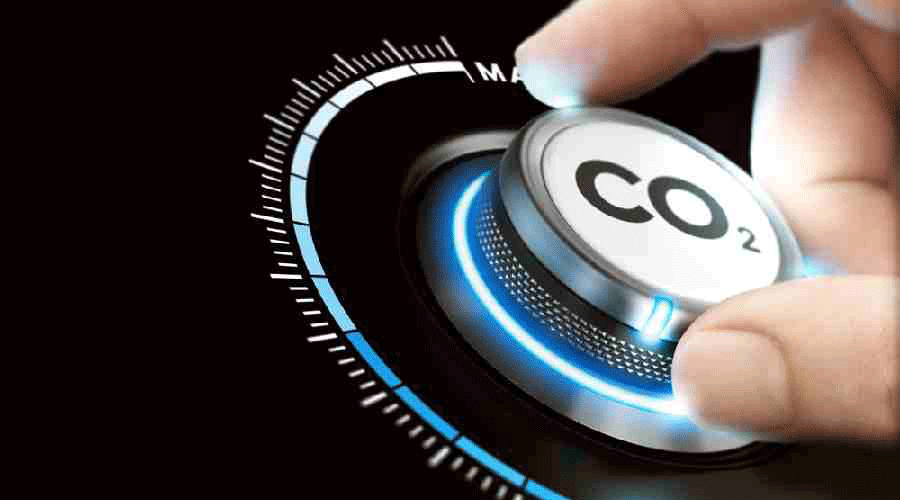With the developed countries gearing up for carbon tax on their imports, the Indian government plans to carry out a sector-by-sector analysis on carbon emissions that will be the basis of counter-measures on its part as the levy will increase the overall costs of Indian exporters.
The initial findings of the study will be significant as the next round of talks on a free trade agreement with the EU will be held in June.
A senior commerce ministry official said: “Each sector would be impacted differently. This has to be assessed so that counter-measures targeted at them could be taken. A sectoral analysis would be carried out, which would help in taking an informed decision.”
The EU has said it would start collecting data on a company-by-company basis from October and impose the carbon border tax from January 1, 2026.
The UK has floated a consultation paper to implement CBAM (carbon border adjustment mechanism) early. Britain will also introduce mandatory product standards by 2027 to prohibit the import of products with high emission intensity.
Canada has announced plans to develop its own CBAM. The US and Japan have also indicated their preference for similar taxes, though the US is yet to implement a proper carbon price mechanism. It is estimated that these countries will start levying carbon tax between 2026 and 2028, analysts said.
Steel emission
The steel sector alone contributes nearly 7-8 per cent to global carbon emissions and around 12 per cent in India as nearly 2.5-2.8 tonnes of carbon dioxide is generated for each tonne of steel.
“The CBAM in the EU will have a carbon tax on imports from any country with higher carbon dioxide per tonne of crude steel. India's per tonne emission is 2.5 tonnes, much higher than 1.8 tonnes by Europe,” according to a report by Ficci-Deloitte on the steel sector.
The report said: “It would translate into a 20-35 per cent tax on select imports to EU from countries such as India, starting January 1, 2026. India’s iron and steel exports to the EU will face extra scrutiny under the mechanism."
"The Indian steel industry while working on its transition to net zero and decarbonisation would also need to be extra careful with the CBAM legislation and accordingly transit towards green steel.”
The EU will charge the tax initially on steel, aluminium, cement, fertiliser, hydrogen, and electricity. The list will gradually expand, and by 2034, it will cover all items. The UK proposes product coverage and timelines similar to those of the EU.
The products that could be impacted include cement, chemicals, glass, iron and steel, non-ferrous metals, non-metallic minerals, paper and pulp, refining, fertiliser and electricity.
The carbon tax will vary from product and production process, though the rate will range between 20 per cent and 35 per cent for most items. For example, the tax on cement could be 90 per cent of the product value.
Ajay Srivastava, the co-founder of the think-tank Global Trade Research Initiative, said the import duties and GST that India imposes on items such as steel, coal and aluminium can be converted into carbon taxes.
He suggested setting up a carbon trading mechanism as a pre-condition. "If we can do so, the net impact of CBT may become lower and zero in a few cases."
"When the US imposed import duties on steel and aluminium, India retaliated by duties of equal weightage on imports from the US. India must think about designing a similar scheme to counter CBT.”
Under the proposed CBAM, the EU will levy an import tariff on carbon-intensive goods from 2026. The mechanism aims to level the playing field by taxing foreign products with less-stringent emissions regulations and reducing the risks of leakage.










